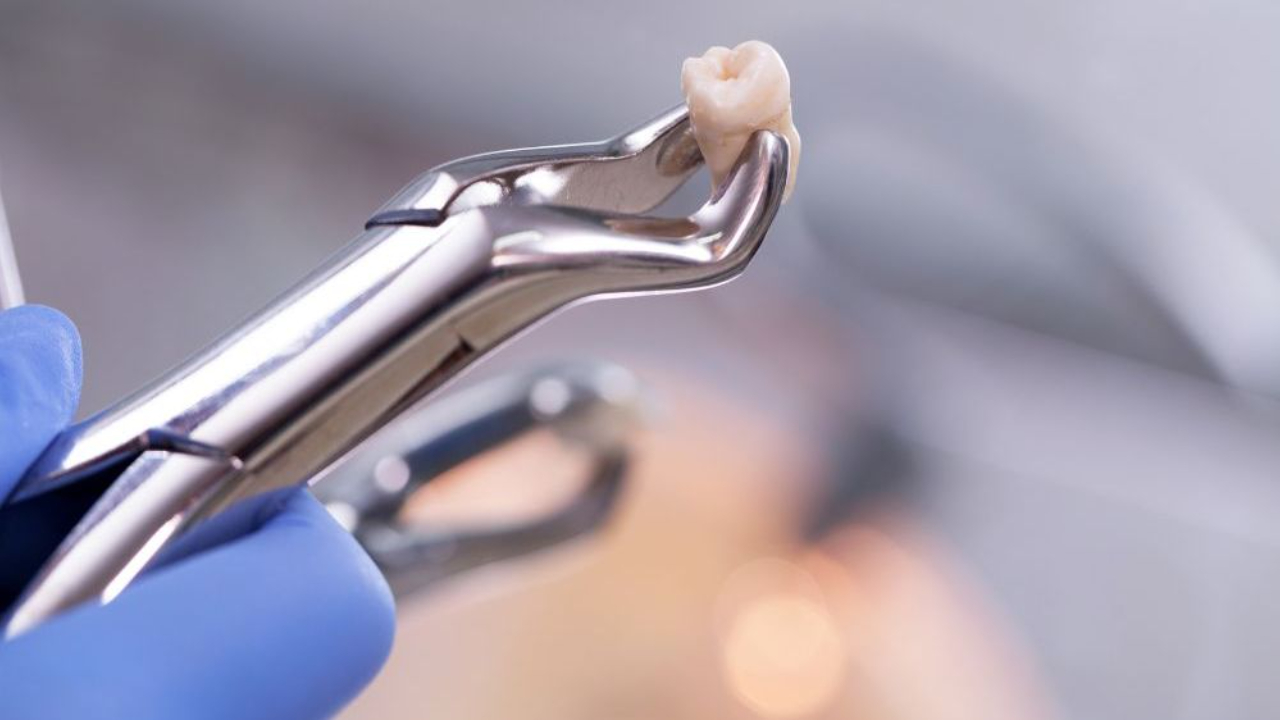Simple vs. Surgical Tooth Extractions: Key Considerations

When it comes to tooth extraction, there’s a key question that every dentist faces: should the patient undergo a simple or surgical tooth extraction? This decision ultimately depends on each individual case and the specific needs of the patient. However, understanding some of the key considerations associated with simple vs. surgical tooth extractions can help dentists better determine which one is right for their patients. Read on to learn more about each type of procedure and see how offering both can help your dental practice deliver the best care possible.
When You Need Simple Extractions
Simple tooth extractions are a non-surgical procedure to remove a tooth that’s already visible in the mouth. A simple extraction is a straightforward procedure; it requires no incisions, and most patients just need local anesthesia.
This procedure is necessary when a tooth is infected, decayed, or damaged. You might also use a simple tooth extraction when prepping for other treatments or procedures, such as dentures or braces. Often, patients undergo simple extractions either because the affected teeth are painful or because they are preventing adjacent teeth from coming in properly.
When You Need Surgical Extractions
When a simple extraction isn’t enough to safely remove a tooth, you need to perform a surgical extraction. A surgical tooth extraction involves making an incision into the gum tissue to cut away any tissue obstructing the tooth.
There are several circumstances that may require a patient to have a surgical extraction instead of a simple extraction. These include significant tooth decay, an infected tooth root, or situations where you need to cut the tooth into smaller pieces for removal. Some wisdom teeth can also require surgical extractions to remove them from the mouth, either due to crowding issues or because they remain below the gumline.
Recovery Times for Simple vs. Surgical Extractions
Another key consideration to make when comparing simple vs. surgical tooth extractions is recovery time.
Because simple extractions are more straightforward, the procedure has a shorter recovery time. Patients will need to relax and avoid activities like using a straw or flossing around the area of the extraction to allow the tissue to heal. With surgical extractions, patients often require stitches, which means recovery times can be slightly longer as the tissue heals and the stitches dissolve. Patients still need to take care not to aggravate the extraction site and should avoid intense physical activity for up to a week.
With both procedures, patients can use cold compresses to reduce swelling or take over-the-counter pain medications as needed. However, depending on the situation, you might also prescribe pain medications to a patient after a surgical extraction.
Qualifications for Each Procedure
General dentists can perform simple tooth extractions, but surgical extractions call for a qualified oral surgeon. A hands-on oral surgery course can help you brush up on your knowledge and gain the skills you need to perform surgical extractions for your patients. Visit Simply Implants Institute to learn more about our tooth extraction courses and make sure your practice can offer patients the care they need.
